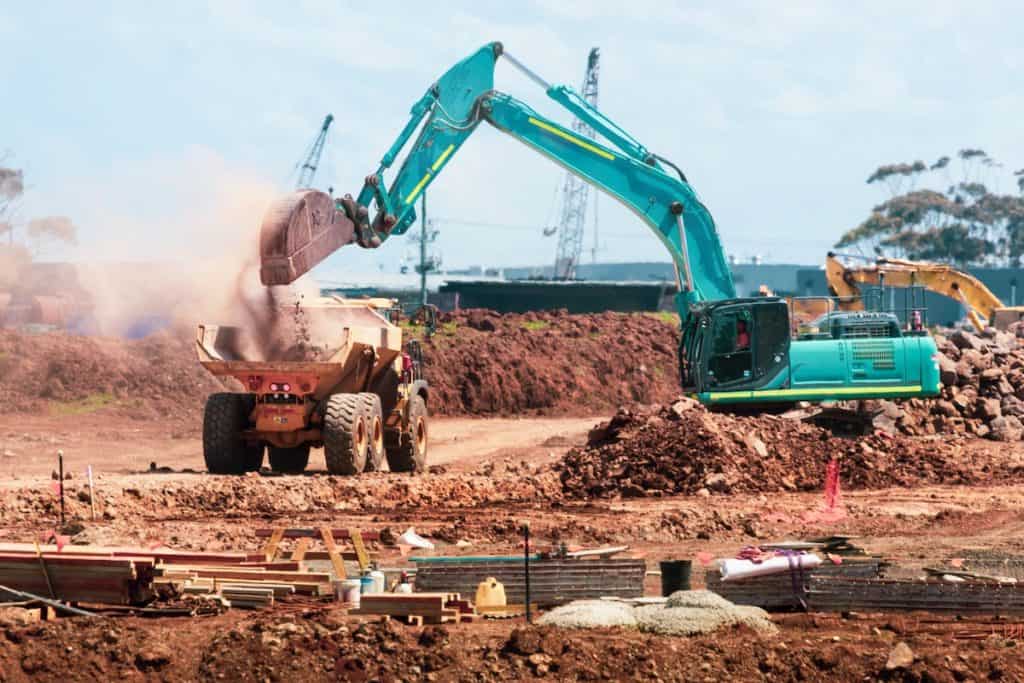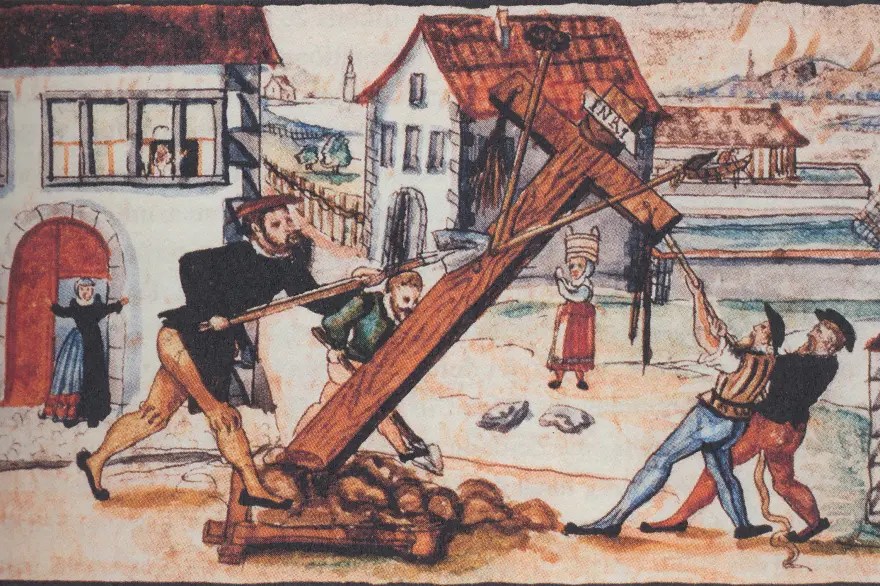The equipment rental world has changed. Fast. To get a clearer view of where it’s headed, we sat down with someone who’s seen the industry evolve from every angle: Patrick Gillis, Vice President of North American Sales at Geoforce. With more than 20 years of experience in equipment rentals, operations, and fleet strategy, Patrick has led teams at companies like United Rentals, Will Scott and Ironclad, helping drive performance, uptime, and digital transformation across the U.S. and Canada.
From predictive maintenance to data visibility, Patrick sees technology as the line that separates rental companies that are keeping up from those that are setting the pace. We spoke with him about the industry’s biggest trends, the surprising truths about utilization, and why simplifying data, not adding more of it, is the real advantage.
The Rental Industry is Evolving
“Ten years ago, rental companies were just starting to explore telematics,” Patrick told us. “Now, they’re using it to understand how equipment is actually being used—how often, how efficiently, and how reliably.” That shift from basic tracking to deeper performance insight is driving a new standard for rental operations. And the need is clear. According to a study from Texas A&M that Patrick referenced, only 29% of craft hours on job sites are spent on actual productive work. That means in a typical 10-hour day, less than three hours are spent operating equipment or tools.
“If you can improve that by just 5 or 10%, you’re helping your customers build faster and save money,” he said. “That’s where data comes in. It doesn’t just benefit rental companies. It improves productivity across the entire job site.”
The Cost of “On Rent” and Out of Sight
Idle equipment might sound like easy revenue, but in practice, it often creates more problems than profits. Once a customer calls equipment off rent, delays in pickup can mean that asset sits unused, or worse, goes missing. “Stuff gets borrowed. Stuff gets lost. It happens all the time,” Patrick said.
He referenced a term from his time in the field: OECNA (Original Equipment Cost Not Available). These are the assets not generating revenue and not ready for deployment, whether they’re in the wrong place, broken, or simply forgotten. “Even if only 10% of your fleet is in that status, that’s 10% of your assets not working for you. Reducing that number helps your operations, your billing accuracy, and your customer satisfaction.”
Differentiation Comes Down to Simplicity
What separates top-performing rental companies isn’t just size or inventory—it’s how they communicate and deliver value to customers. “I always use the Domino’s analogy,” Patrick said. “The pizza isn’t anything special, but I can see when it’s being made, when it’s in the oven, when it’s out for delivery. That kind of visibility matters.” Today’s rental customers want the same kind of clarity: What’s on rent? When is service due? Where is the machine now?
This doesn’t mean giving customers a mountain of raw data. It means surfacing what matters in a way they can act on. Exception-based alerts, simplified dashboards, and mobile access are key. “If your data is buried in spreadsheets or hard to interpret, no one’s going to use it,” he said. “The value comes when the insights are obvious and actionable.”
The Role of Predictive Maintenance and AI
While Patrick is quick to say he’s not an AI expert, he sees plenty of opportunity for automation and predictive analytics to improve the rental experience. For example, a generator running 24/7 isn’t going to follow a typical 250-hour service window. It might need maintenance every 10 days. If no one is monitoring its usage, downtime is inevitable.
“Being able to flag issues before something breaks is a game changer,” Patrick said. “Even something as simple as a low-fuel alert can prevent a wasted trip by a mechanic.” This isn’t about futuristic tech. It’s about using existing data more effectively and helping field teams focus on what matters—without overloading them.
Why Utilization Is More Critical Than Ever
With ongoing economic uncertainty and shifting supply chains, Patrick expects equipment utilization to remain front and center. The cost of new machines is rising, and parts availability can be unpredictable. That puts pressure on companies to get more out of the assets they already have. “For a lot of businesses, the plan they made six months ago doesn’t match today’s market,” he said. “If you can’t expand your fleet right now, your best move is to optimize the one you’ve got.”
This is where benchmarking can help. Knowing that similar customers are getting 15% utilization out of a certain machine while you’re only getting 3%? That’s actionable. It can help customers right-size their fleet and help rental companies deploy assets where they’ll actually be used.
It’s Not Just What You Own, It’s How You Use It
“You can give someone a brand-new machine,” Patrick said with a laugh, “and they’ll still find a way to break it. Not on purpose. It just happens.” The job of the rental company isn’t just to deliver equipment. It’s to help customers use it more efficiently, maintain it more proactively, and make smarter decisions based on what’s really happening in the field.
The rental companies that embrace that mindset, and the tools to support it, aren’t just keeping up. They’re leading the way.
Let’s talk about how smarter tracking can help you boost utilization, reduce downtime, and simplify operations without adding more to your team’s plate.
Get a quote today and see how Geoforce can work for you.
Publisher: Source link











